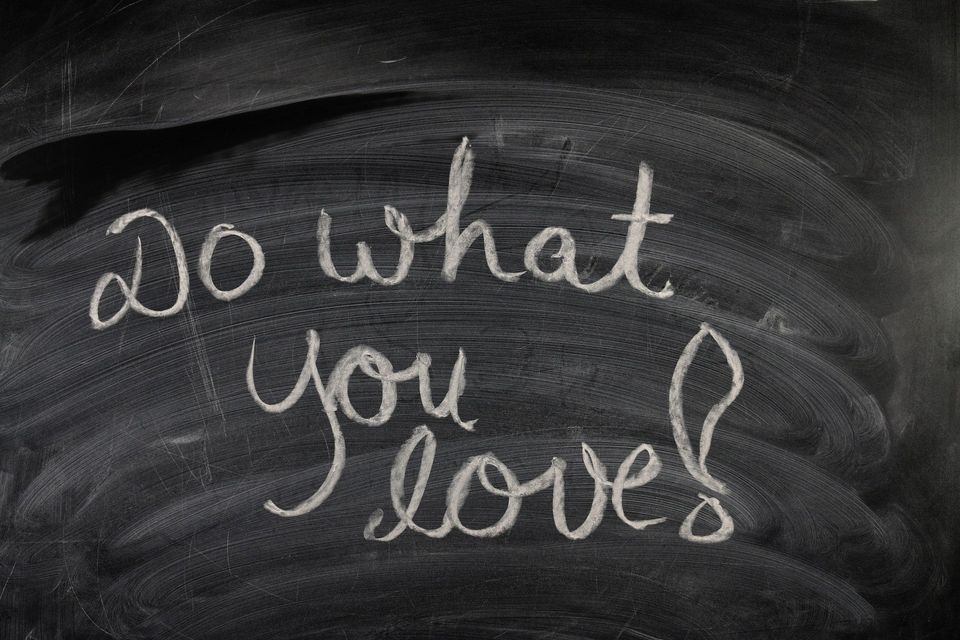Improving Team Productivity by 50%
This is a subtitle for your new post

A leadership coach friend of mine, recently helped a client increase his department's productivity by 50%. The process was simple.
The department supervisor needed an urgent solution. Since his two staff members had started working remotely, their productivity had slipped a lot. They weren't keeping up with client needs. Their output had to be turned around, and now!
My coaching friend advised the supervisor that employee productivity is based on skill, will, and capacity. If their skills and capacity support strong performance, the bottleneck is likely their will, their interest in doing the job.
When we enjoy our workplace tasks we are self-motivated to get them done and do them well. However, we have a limited amount of will power. We can only push ourselves for long to do work that doesn't inspire us, even if we have the skills and the capacity for excellence. We cannot simply suck it up and move forward.
The supervisor asked his staff to share which parts of the department's work they would they like to be doing. Both indicated a preference for many of the tasks the other was assigned. When the supervisor reassigned their responsibilities, productivity promptly increased by 50%.
A serious problem was solved by the supervisor having collaborative conversations with his staff. Poor productivity wasn't a training problem nor a wrong-hire problem. It was an emotional problem. Once the employees were responsible for tasks they liked doing, their productivity skyrocketed.
The clients are now being served well and the company's bottom line has improved.
The supervisor had caused the bottleneck by not knowing what made his employees tick. What is frustrating you at work? How might a collaborative conversation with your downline or your upline be a valuable tool towards enhancing your workplace satisfaction and productivity?
